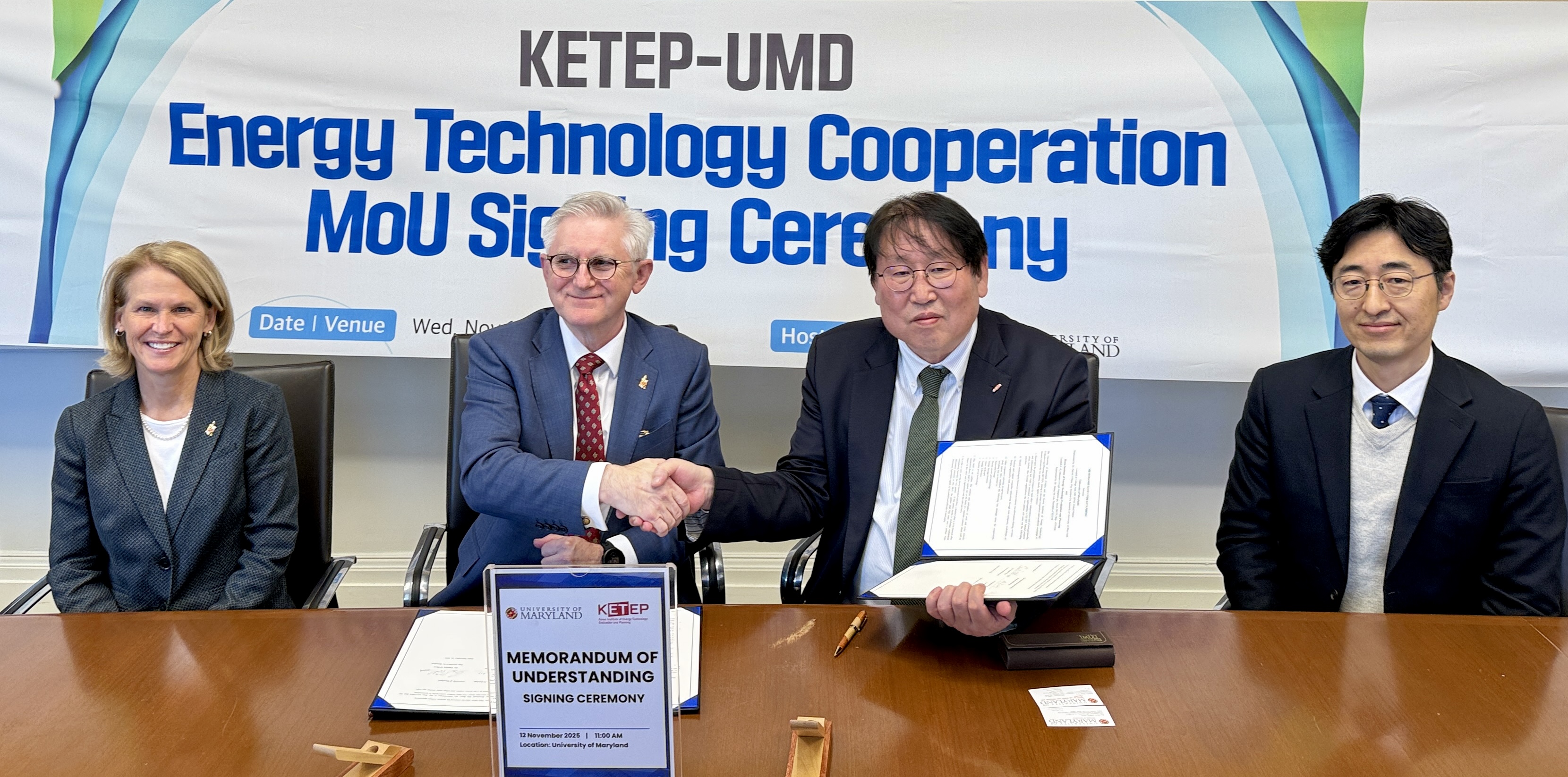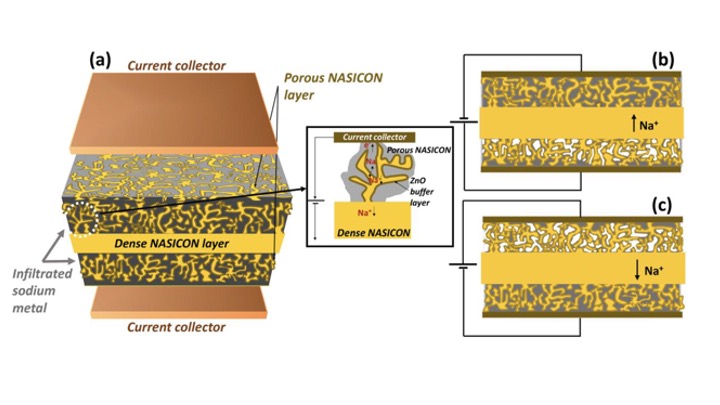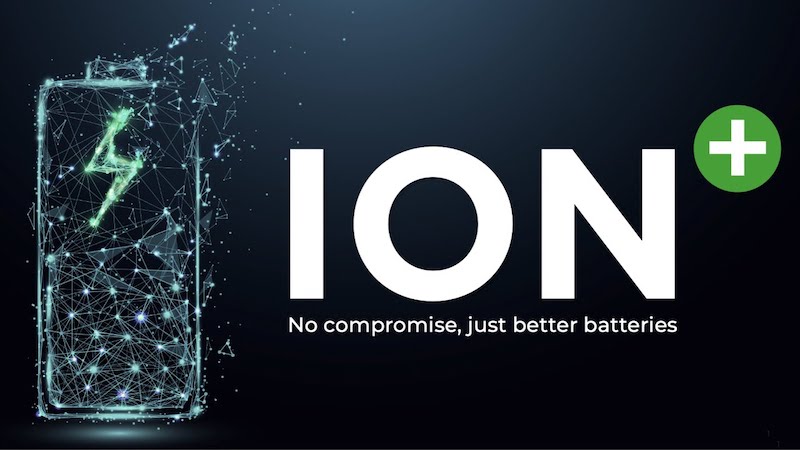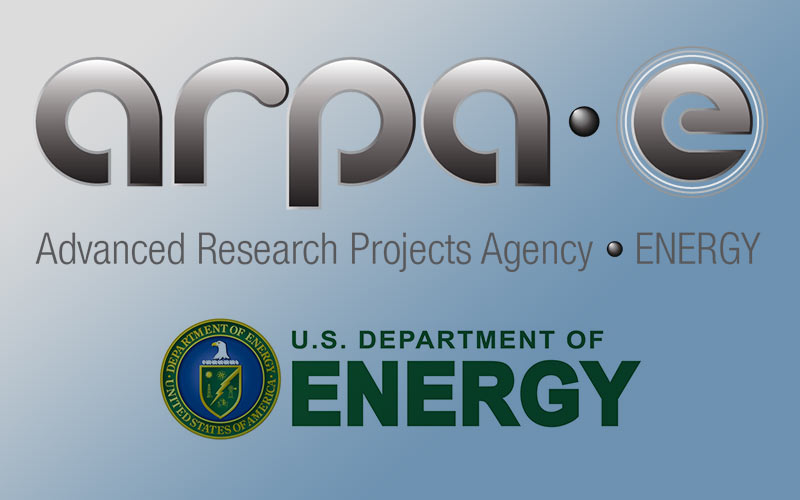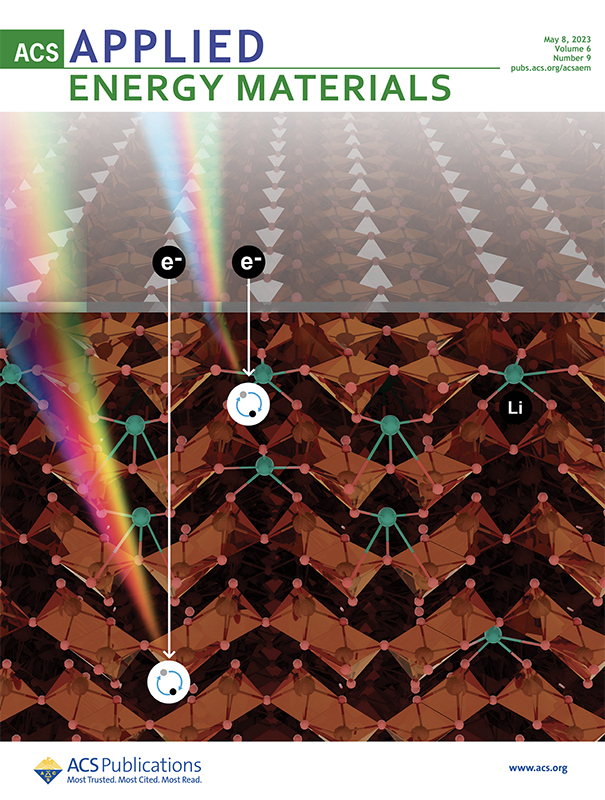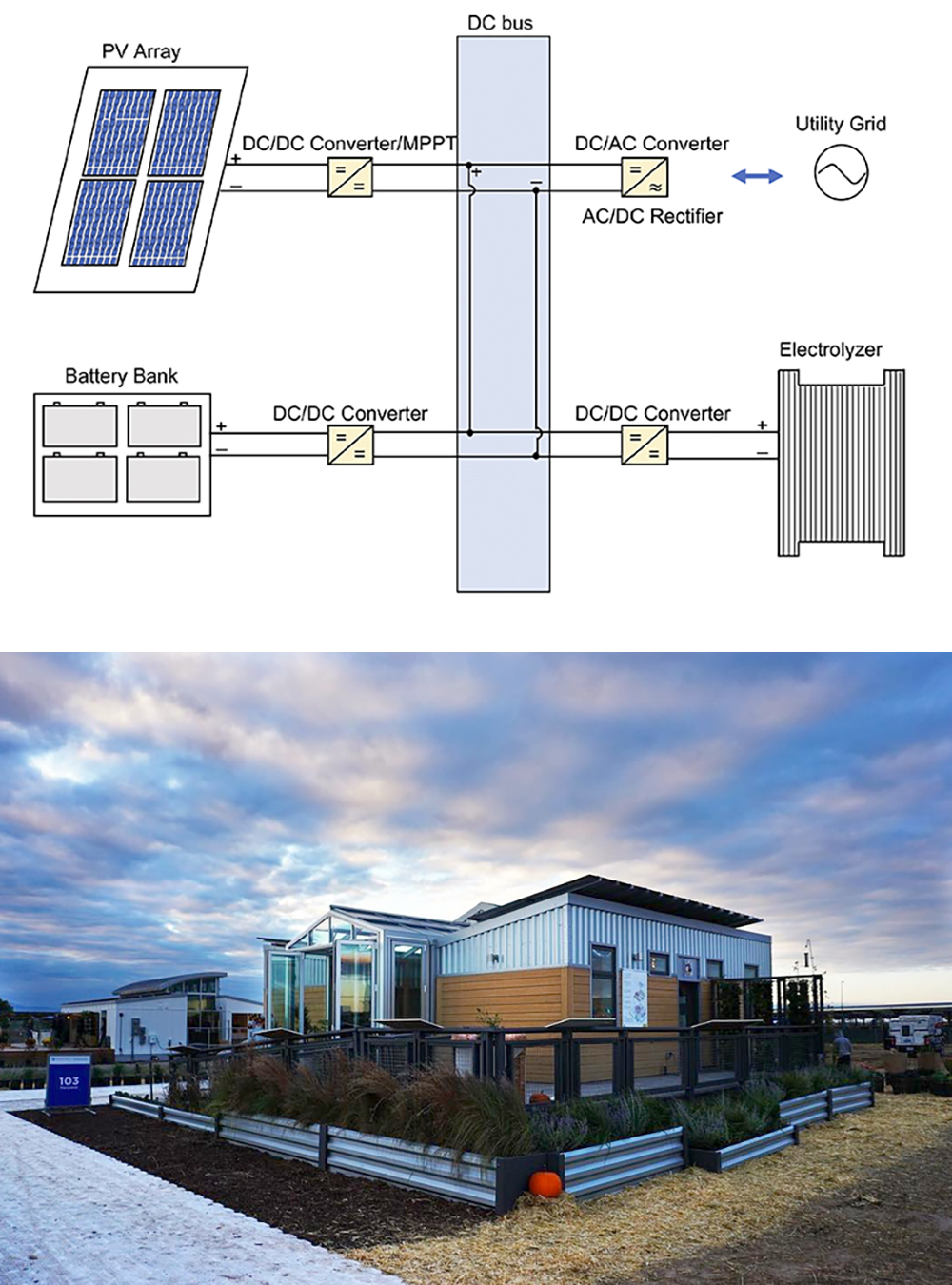News Story
Maria Bruck wins student paper award at ASME Power & Energy Conference
Maira Bruck, an undergraduate Economics major at the University of Maryland, won the student paper competition at the 2016 ASME Power & Energy Conference in Charlotte, NC last week. The paper entitled: “A Levelized Cost of Energy (LCOE) Model for Wind Farms that Includes Power Purchase Agreement (PPA) Energy Delivery Limits” develops a new cost model to evaluate the price of electricity from wind energy under a PPA contract. The coauthors on the paper are Navid Goudarzi (ME post-doctoral researcher) and ISR-affiliated Professor Peter Sandborn (ME).
The competition encourages the active participation of students in the ASME Power Conference by submitting high quality technical papers on various aspects of the Electric Power Generation Industry. The competition includes a paper submission and presentation of the research to evaluate the student’s ability to verbally explain the solution and the problem presented in the paper. This competition seeks to promote the interaction of future engineers with practicing and experienced engineers. It also serves to help them establish mentoring and networking links with experts in their areas of interest.
Abstract
The cost of energy is an increasingly important issue in the world as renewable energy resources are growing in demand. Performance-based energy contracts are designed to keep the price of energy as low as possible while controlling the risk for both parties (i.e., the Buyer and the Seller). Price and risk are often balanced using complex Power Purchase Agreements (PPAs). Since wind is not a constant supply source, to keep risk low, wind PPAs contain clauses that require the purchase and sale of energy to fall within reasonable limits. However, the existence of those limits also creates pressure on prices causing increases in the Levelized Cost of Energy (LCOE). Depending on the variation in capacity factor, the power generator (the Seller) may find that the limitations on power purchasing given by the utility (the Buyer) are not favorable and will result in higher costs of energy than predicted. Existing cost models do not take into account energy purchase limitations or variations in energy production when calculating an LCOE. A new cost model is developed to evaluate the price of electricity from wind energy under a PPA contract. This study develops a method that an energy Seller can use to negotiate delivery penalties within their PPA. This model has been tested on a controlled wind farm and with real wind farm data. The results show that LCOE depends on the limitations on energy purchase within a PPA contract as well as the expected performance characteristics associated with wind farms.
Published July 8, 2016


